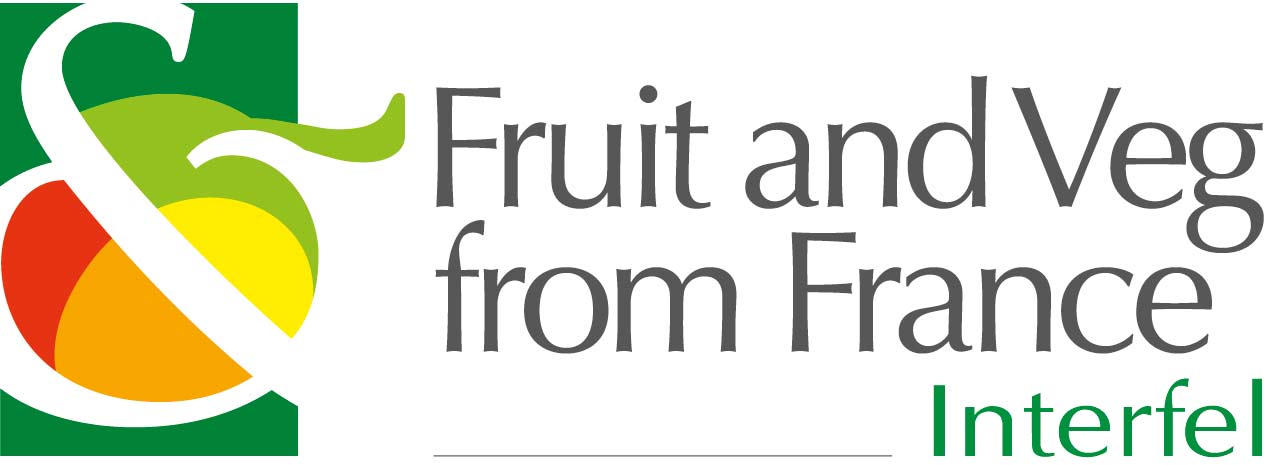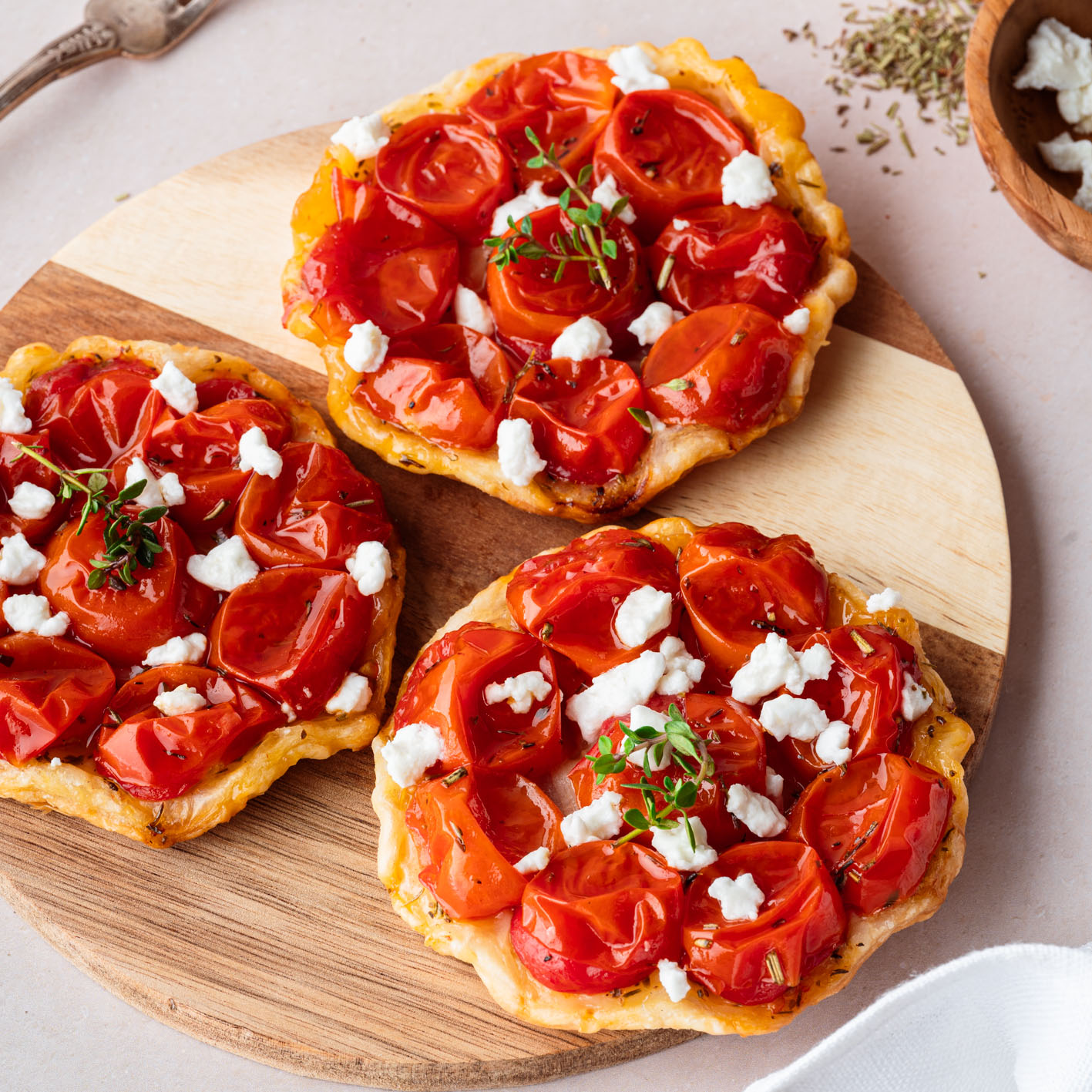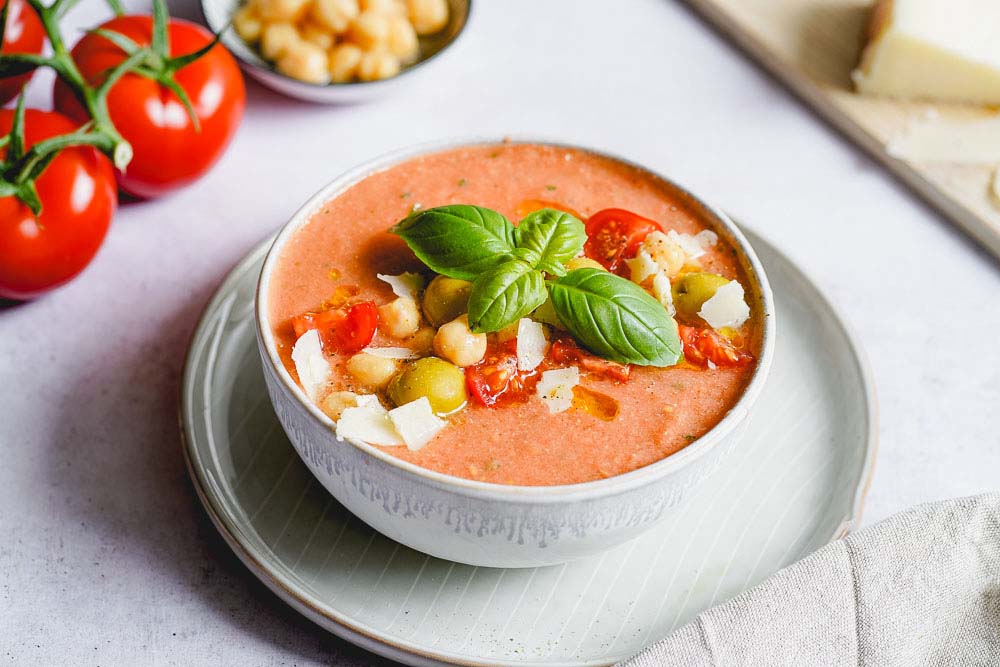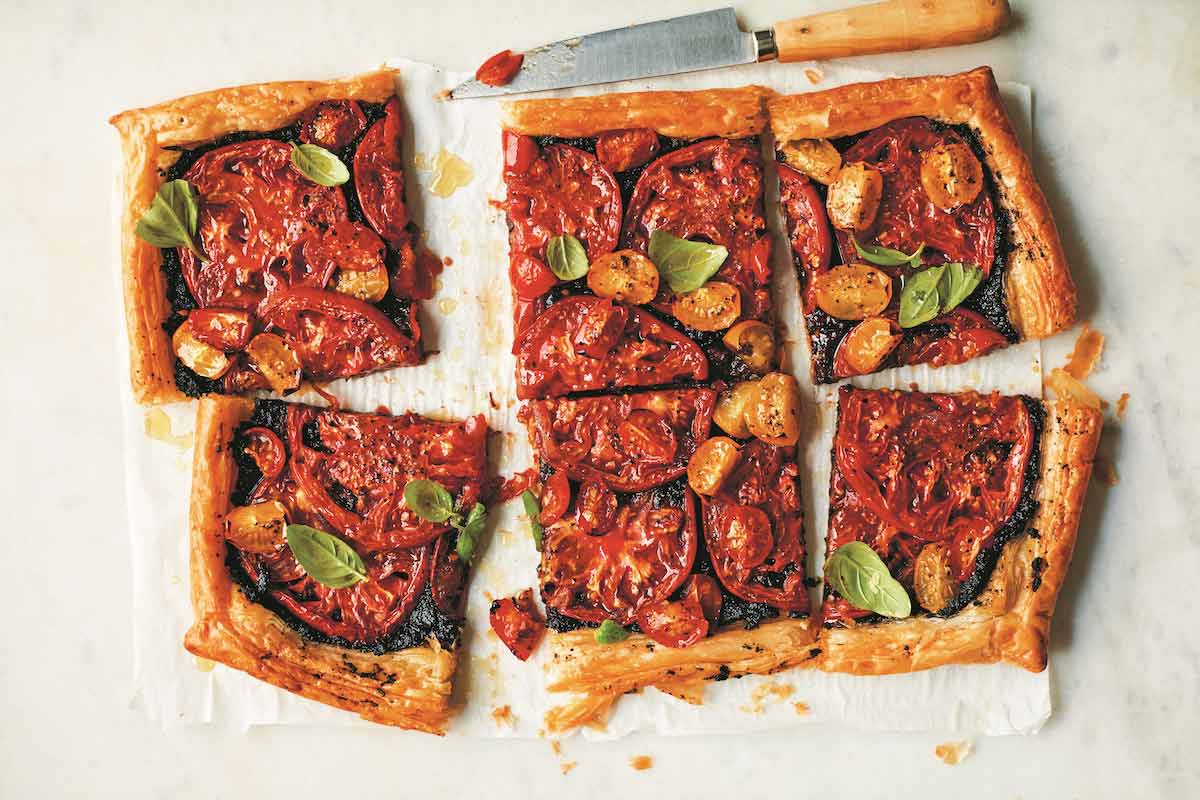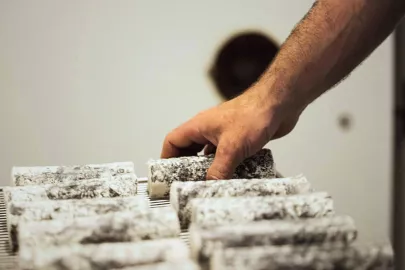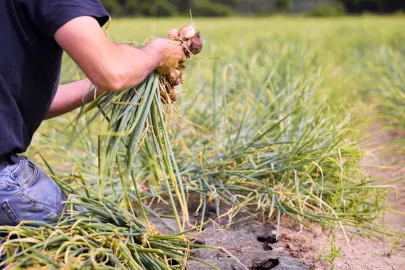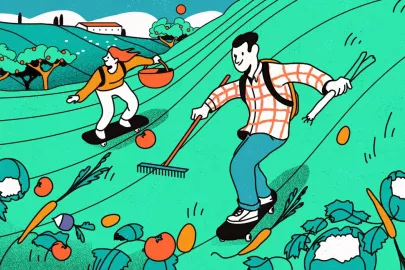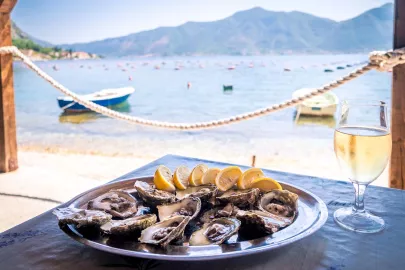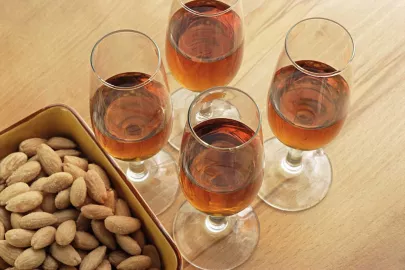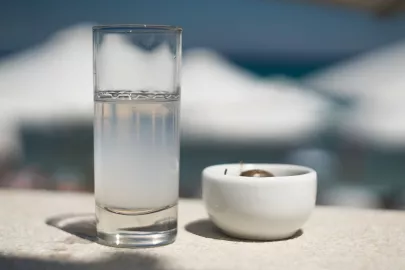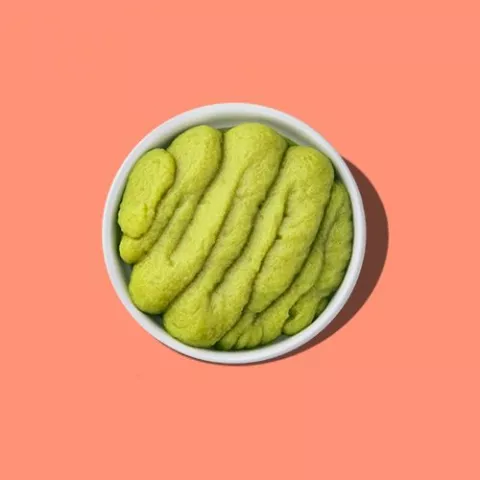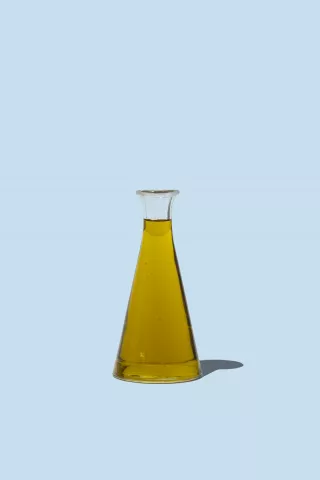Join us as we head to Avignon in the South of France, where we will meet Julie Vié and Jean-Philippe Briand. Out of the family market garden created in the 70s they have made a model company that specialises in the production of cherry tomatoes.
It is 9 o’clock in the morning, on one of the final days of the month of May 2023… The sun is already beating down and the mistral is blowing vigorously over Avignon and its region. 'Avignon is the city of the winds,' explains Jean-Philippe Briand, director of JPL Provence, located a few miles from the papal city in the hamlet of Montfavet. 'Under these conditions, growing under cover proves to offer great comfort,' he adds as he disappears into an immense greenhouse.
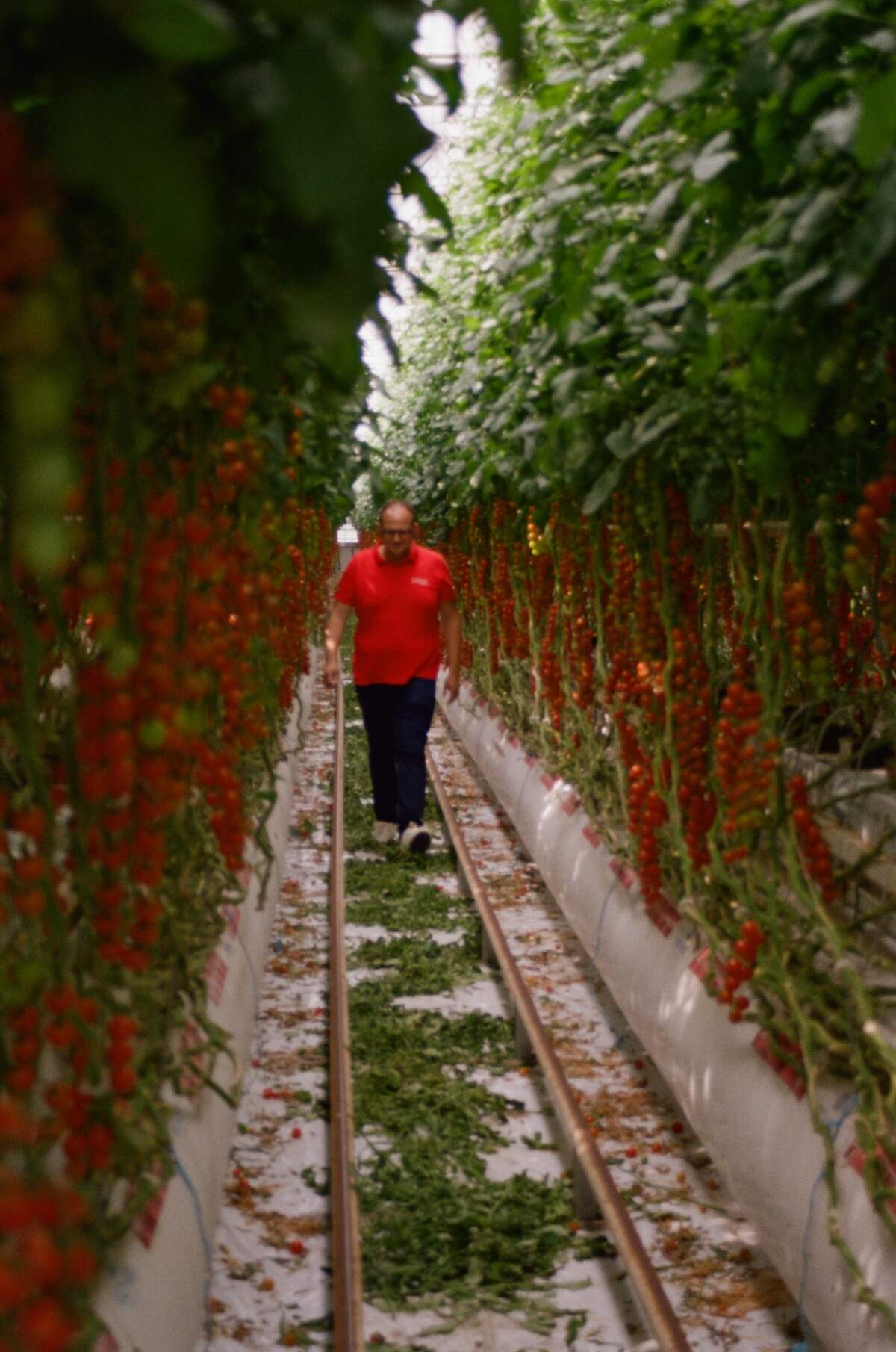
© Elsa David
A family business
In the 60s, his grandparents quickly abandoned growing in open fields in order to gradually set up greenhouses. There is no doubt that they resembled makeshift shacks compared with those of today, which are semi-closed, very user-friendly, organised and robust enough to not blow away at the first gust of wind. Originally from the local area, Jean-Philippe therefore embodies the third generation at the head of this family business that now spans 35 hectares. The original highly diversified market garden that produced tomatoes, aubergines, courgettes and cucumbers has gradually been followed by an increasingly refined specialisation.
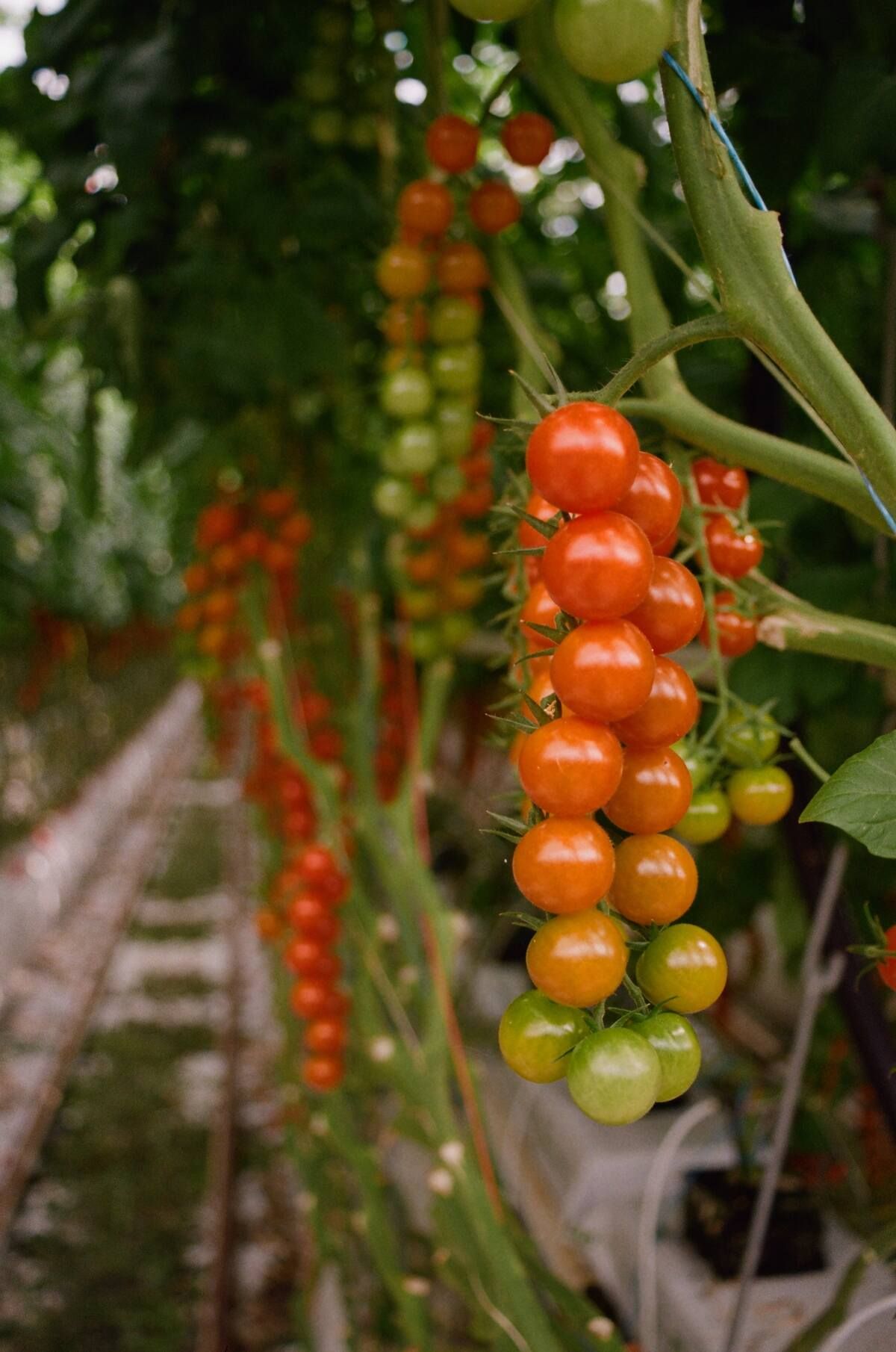
© Elsa David
Tomatoes of many shapes and colours
Their flagship product: the tomato, more particularly the cherry tomato, picked singly or in trusses, of different colours and shapes – black, yellow, red, green, long, round – with varying levels of sweetness and firmness. A central path provides access to a multitude of rows of soilless tomato plants, which are supplied by a nursery when they are two months old. From December to March, the plants, rooted into blocks of rockwool, grow spectacularly to quickly reach several metres in height. It is necessary to control their growth, train the plants to avoid the formation of an anarchic jungle, enable each fruit to mature correctly, and promote the comfort of the employees.

© Elsa David
'Turning light into fruit'
From March to October, the number of workers increases to some sixty people, explains Julie Vié. These extra hands are needed to harvest the tomatoes at the right time and place them in the punnets. Once a plant has been harvested of all of its fruit, it is pulled out and then later replaced with a new plant rooted into a new rockwool block. Jean-Philippe has a nice phrase to encapsulate his know-how: 'Our job is to turn light into fruit!' And what fruit! The Mediterranean sun does its work… Julie and Jean-Philippe grow beautifully ripened, juicy and tasty tomatoes, including trusses of delicious cherry tomatoes distinguished by a Label rouge.
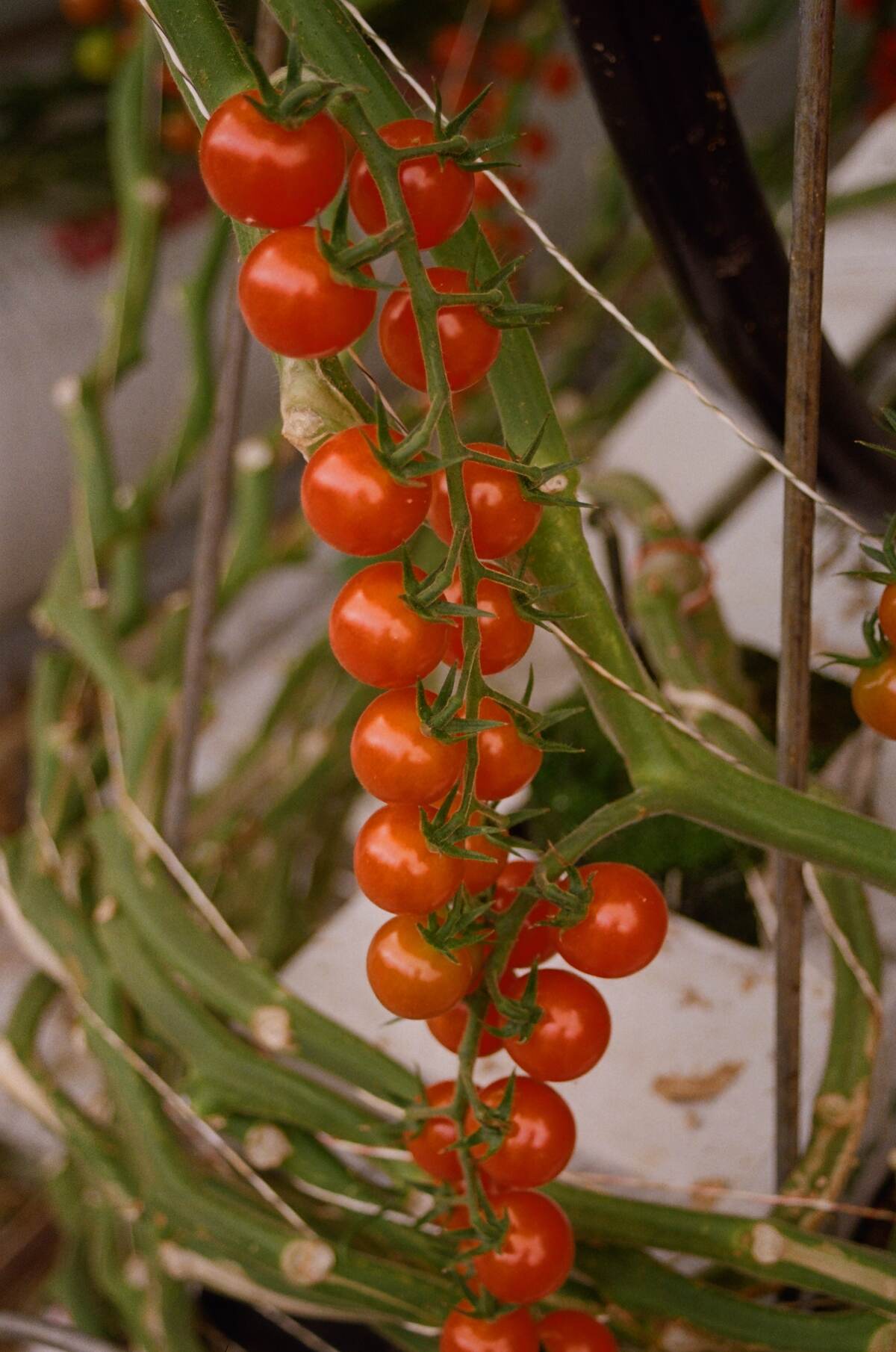
© Elsa David
Respecting the environment: a good taste approach
Jean-Philippe’s ambition first and foremost is to produce good tomatoes. An objective accompanied by an ongoing concern for the environment. The consumption of water and energy, the natural fight against pests, nothing is left to chance… There is no doubt that the farm more than deserves its High Environmental Value (HVE), Global Gap and 'zero pesticide residues' certifications, with pesticides having been banished from the company’s greenhouses and vocabulary. And so the harvest continues!
Turn French tomatoes into delicious summer recipes!
Contributor

Editor


